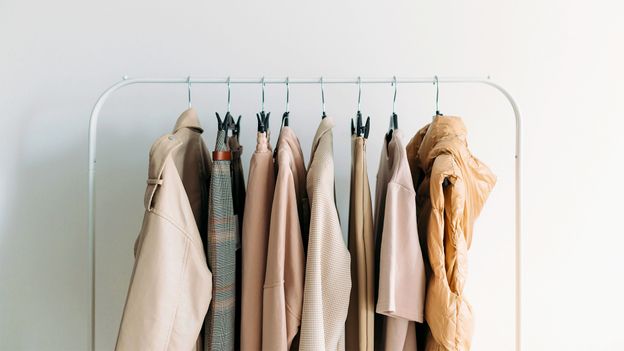The dopamine-spiking effects of ultra-fast fashion are far outweighed by the wellbeing rewards of a capsule wardrobe, according to these less-is-more experts. In his 1994 book Weniger, Aber Besser, the German industrial designer Dieter Rams famously wrote that "good design is as little as possible. Less, but better, because it concentrates on the essential aspects".
He was referring to the principles of product design, but this theory can just as easily be applied to our wardrobes – especially given that in the decades since Rams' proclamation, there has been an alarming acceleration in the amount of clothes we buy, and a correlating decline in quality and durability. Every year, somewhere between 80 billion and 150 billion new items of clothing are produced globally, while individually we now purchase five times as many clothes as we did in the 1980s, often wearing items some seven to 10 times before discarding them (a 36% decrease from 15 years ago). This is largely down to the proliferation of cleverly targeted online advertisements, an ever-shifting trend cycle propelled by social media, and the burgeoning ultra-fast-fashion market which encourages buyers to purchase more for less, and reap the short-lived, dopamine-spiking rewards.
That said, there's no denying that clothes have the power to make us feel good. "A lot of fashion is about newness," Tiffanie Darke, a fashion writer and sustainability strategist, tells the BBC. "We as creatures are always trying to move fo.


















